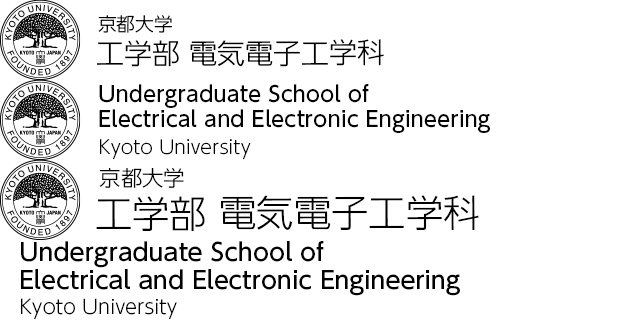Electrical and Electromagnetic Circuit
Electrical circuits are utilized to achieve various functions based on electromagnetic phenomena. For instance, the Internet, a global information network, is essentially a worldwide circuit that carries information using physical phenomena. Additionally, power electronics, which support renewable energy, realize their functions through the physics of new switching devices such as SiC and GaN. In our laboratory, we aim to realize new types of circuits and establish their design methodologies by utilizing AI and the mathematics of networks.
Academic Staff
Takashi HISAKADO
Associate Professor (Graduate School of Engineering)
Contacts
Katsura Bld. A1 Rm.404
TEL: +81-75-383-2248
FAX: +81-75-383-2248
E-mail: hisakado.takashi.7x@kyoto-u.ac.jp
Introduction to R&D Topics
Design of High-Frequency Electromagnetic Circuits
Modern circuits are becoming faster every day, including the acceleration of integrated circuits, 5G/6G technology, and devices such as SiC and GaN. While circuits function through electromagnetic phenomena, as they become faster, the wave-like nature of electricity becomes more dominant. However, current design methodologies often do not adequately consider this property, leading to circuit malfunctions. Our laboratory aims to design circuits that account for these wave-like properties and incorporates AI in our approach.
Digital Design of Power Electronics Circuits
To achieve high-speed, high-capacity energy transmission, coordination between the energy sender and receiver is essential. However, conventional energy transmission methods have not been able to achieve this. Our laboratory proposes a high-speed, high-capacity energy transmission method using P2P energy transmission via information networks, aiming for its realization.
AI Development for Circuit Design
AI utilization in circuit design has been introduced, but it often relies on general deep learning methods, which do not currently offer high performance. Our laboratory is developing proprietary AI that reflects the physical phenomena and network characteristics inherent in circuits.
